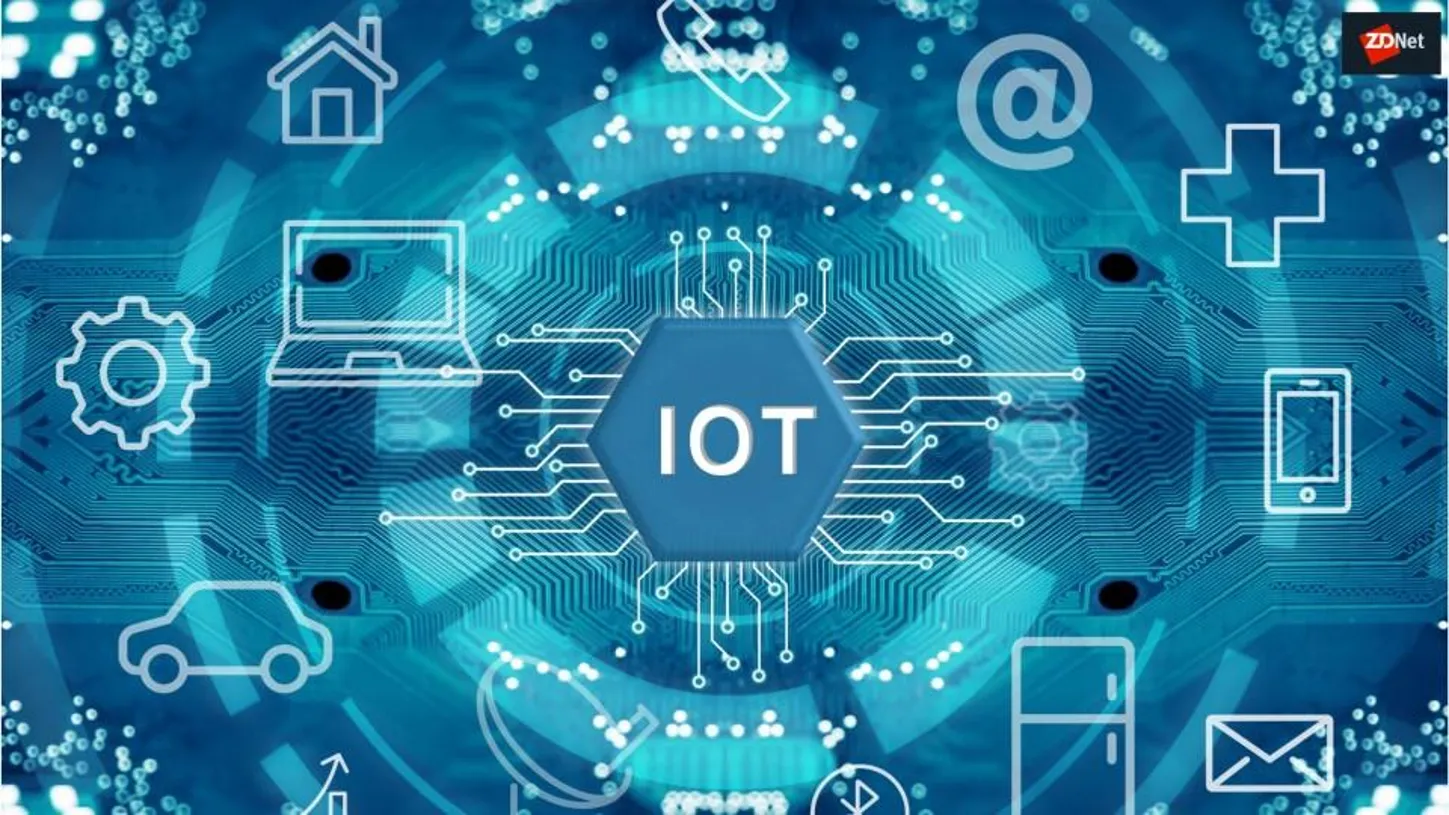
The Role of Edge Computing in the Internet of Things (IoT) Revolution
Edge computing is playing a pivotal role in ushering in the Internet of Things (IoT) revolution, fundamentally transforming the way data is processed and utilized. Traditionally, IoT devices relied on centralized cloud servers for data processing and analysis. However, this approach faced challenges such as latency, bandwidth constraints, and privacy concerns. Edge computing addresses these issues by decentralizing the processing power and moving it closer to the data source, creating a more efficient and responsive system.
One of the key advantages of edge computing in the context of IoT is the significant reduction in latency. In traditional cloud-based architectures, data travels from IoT devices to a distant cloud server for processing, leading to delays in real-time applications. With edge computing, processing occurs locally, near the IoT devices themselves. This proximity minimizes the time it takes for data to travel, resulting in lower latency and improved responsiveness. This is particularly crucial for applications requiring instantaneous decision-making, such as autonomous vehicles and industrial automation.
Bandwidth optimization is another critical aspect where edge computing shines. By processing data locally, edge devices can filter and aggregate information before sending it to the central cloud. This reduces the amount of raw data transmitted over the network, alleviating bandwidth congestion and making more efficient use of available resources. This is especially beneficial in scenarios with limited network capacity or in remote locations where connectivity may be intermittent.
Privacy and security considerations are paramount in the era of IoT, where a myriad of devices collects and processes sensitive data. Edge computing addresses these concerns by keeping data closer to the source, minimizing the need for extensive data transfers to the cloud. This localized processing enhances privacy by reducing exposure to potential vulnerabilities during data transmission. Additionally, edge devices can implement security measures directly at the source, providing a more robust defense against cyber threats.
The flexibility of edge computing also enables more scalable and adaptable IoT architectures. As the number of IoT devices continues to skyrocket, edge computing allows for distributed processing across a multitude of edge nodes, accommodating the growing demands of a connected world. This scalability is essential for the deployment of large-scale IoT applications, such as smart cities and industrial IoT, where an extensive network of devices requires seamless coordination and management.
Real-world applications of edge computing in IoT abound, showcasing its transformative potential. In smart cities, for example, edge devices deployed on streetlights can process sensor data locally to monitor traffic, detect environmental changes, and manage energy consumption. These devices act as mini data centers at the edge, enhancing the city’s efficiency and responsiveness. Similarly, in healthcare, wearable devices equipped with edge computing capabilities can analyze vital signs locally, providing immediate insights without relying on continuous connectivity to a central server.
However, the adoption of edge computing in the IoT revolution is not without challenges. Managing a decentralized system of edge devices requires robust infrastructure, efficient communication protocols, and sophisticated orchestration mechanisms. Interoperability standards become crucial to ensure seamless integration between different edge components and IoT devices. Additionally, addressing the potential complexities of edge computing in terms of software updates, security patches, and device management is paramount to maintaining a reliable and secure IoT ecosystem.
In conclusion, the role of edge computing in the IoT revolution is transformative, offering solutions to the inherent challenges associated with traditional cloud-based architectures. The shift towards decentralized processing not only enhances the efficiency of IoT applications but also addresses critical concerns related to latency, bandwidth, privacy, and security. As technology continues to advance, the synergy between edge computing and the Internet of Things will undoubtedly shape the future of connected devices, unlocking new possibilities and innovations across various industries.
